Have you ever wondered what separates the musical maestros from the average players? As a lover of all things melodic, I often find myself pondering this very question. Among the vast array of instruments, there are a few that have gained a notorious reputation for their difficulty level. From the brazen bravado of the trumpet to the delicate intricacies of the harp, the musical kingdom is brimming with challenges waiting to be conquered. So, sit back, relax, and join this whimsical journey to explore the enigmatic world of the most challenging instruments. Prepare to be amazed, for this article will uncover the secrets and unravel the mysteries of what truly makes an instrument the hardest to play.
What makes some instruments more difficult than others?
Different instruments come with a unique set of challenges and complexities. While some may seem simple to master, others require years of practice and dedication. So, what makes some instruments more difficult than others? Let’s find out.
Firstly, the complexity of an instrument depends on its design and structure. For instance, woodwind instruments like the flute and saxophone have intricate mechanisms that require precise finger movements to produce different notes. On the other hand, string instruments like the violin and cello have a greater number of strings and frets that must be controlled with finesse to create beautiful melodies. The more complex the design and structure of an instrument, the harder it is to play.
Moreover, different instruments require varying levels of physical strength and dexterity. Brass instruments like the trumpet and trombone require strong embouchure to produce clear and powerful sounds, while percussion instruments like the drums demand a high level of coordination between hands and feet. These physical demands can make certain instruments more challenging for some people, depending on their natural abilities.
Lastly, each instrument has its own unique technique that must be mastered to play it proficiently. For example, the guitar requires players to use their left hand to press on strings and their right hand to strum or pluck them simultaneously. This coordination can be challenging for beginners, especially when playing more complex pieces that require quick and precise movements.

Top 5 most difficult instruments to play
Violin
The violin is an instrument that requires a great deal of skill and precision to play well. It is known for its beautiful, rich sound and has been played in classical music for centuries. However, mastering the violin takes years of practice and dedication.
To successfully play the violin, one must have a strong understanding of music theory, as well as excellent hand-eye coordination. The instrument requires precise finger placement and bowing techniques, making it one of the most challenging instruments to play.
Despite its difficulty, many musicians are drawn to the violin for its expressive and emotional qualities. It takes a lot of dedication and hard work to become proficient in playing the violin, but the rewards are endless.
Bagpipes
The bagpipes are a traditional Scottish instrument that has gained popularity around the world. However, mastering the bagpipes is no easy feat. The instrument consists of multiple pipes and requires constant airflow to produce sound.
To play the bagpipes, one must have strong lung capacity and breath control, as well as skilled finger movements to manipulate the different pipes. It takes years of practice to master the bagpipes, and even then, it can be a physically demanding instrument to play.
Despite its difficulty, the bagpipes have a unique sound that has become synonymous with Scottish culture. It is often played at formal events or ceremonies, adding an air of authenticity and tradition.
French Horn
The French horn is often considered one of the most difficult brass instruments to play. It requires a great deal of control, both in terms of breath and embouchure (the way the lips and facial muscles are used to produce sound).
Unlike other brass instruments, the French horn has a small mouthpiece, making it harder to produce notes accurately. It also requires precise hand movements to manipulate the valves while playing.
Mastering the French horn takes years of practice and patience, but those who are able to do so are rewarded with a beautiful, rich sound that is essential in many orchestral pieces.

Hammond organ
The Hammond organ is an electric organ that was popular in the mid-20th century. Despite its smaller size compared to traditional pipe organs, it still requires a significant amount of skill and endurance to play.
The instrument has two keyboards with multiple controls, making it challenging to navigate while playing. It also requires precise coordination between hands and feet to manipulate the various controls and pedals.
While the Hammond organ is not as widely used in modern music, it still holds a special place in jazz and blues genres. Mastering this instrument takes a great deal of practice and dedication but can result in a unique sound unlike any other.
Harp
The harp is an ancient instrument that has been played for centuries. It consists of multiple strings that are plucked to produce sound, and mastering it requires a great deal of technique and skill.
One of the most challenging aspects of playing the harp is the physical demands it places on the body. It requires excellent hand-eye coordination, flexibility, and strength in the hands and fingers to play well.
Despite its difficulty, the harp has a beautiful, ethereal sound that can add a magical element to any musical piece. It is often associated with classical music but has also been used in modern genres, showcasing its versatility and complexity as an instrument. So, it is not surprising that the harp is often considered one of the most difficult instruments to play. Whether it’s mastering precise finger movements on the violin or controlling airflow on the bagpipes, these instruments require dedication and perseverance to play well. However, the satisfaction that comes from mastering such challenging instruments is immeasurable, making it all worth it in the end.
Accordion
The accordion is a popular instrument in folk music and has been around for centuries. It consists of multiple buttons or keys, which require both hands to operate simultaneously.
Playing the accordion requires excellent coordination, as well as dexterity and finger strength. The instrument also requires precise breath control to manipulate the bellows, which produces the sound.
In conclusion, playing any instrument takes time and effort, but some instruments are more challenging than others. These top 6 most difficult instruments to play require not only technical skill but also physical endurance and mental focus. However, the end result is undoubtedly worth the effort for those who are passionate about mastering these complex and beautiful instruments [1].
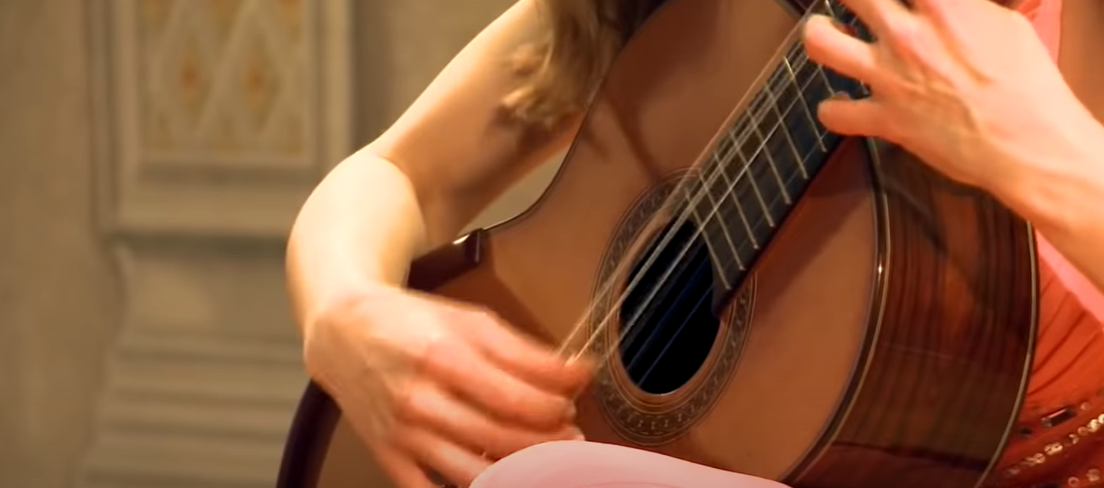
5 Easiest Musical Instruments to Learn
As human beings, we are naturally drawn to music. It can evoke emotions and can be a form of self-expression. However, learning how to play an instrument can seem like a daunting task for many. But fear not, certain musical instruments are considered easier to learn compared to others.
1. Ukulele
The ukulele, a small-sized instrument with a unique sound, has gained immense popularity in recent years. Its compact design and portability make it a favorite among musicians and beginners alike. With only four strings, it offers a simplified learning experience for those starting out, allowing them to quickly grasp chords and strumming patterns. Moreover, the smaller fretboard makes it more accessible for individuals with petite hands, ensuring a comfortable playing experience. With just a bit of practice, you can master a variety of basic songs and amaze your friends with your newfound musical talent in no time at all.
2. Piano/Keyboard
The piano, with its rich versatility, has the ability to skillfully render a myriad of musical genres. However, mastering this magnificent instrument demands years of dedicated practice and unwavering commitment. If you’re seeking a more accessible alternative, you may want to explore learning how to play the keyboard. The keyboard shares a reminiscent layout with the piano, albeit with a reduced number of keys, which facilitates a smoother learning curve for beginners. Embark on a musical journey that fits your aspirations and goals!
3. Bongos
Bongos, originating from Cuba, are fascinating small hand drums. They are composed of two drums, with one being smaller than the other. When played, bongos produce captivating rhythms by striking them with your hands. What makes bongos unique is their relatively quiet sound, making them an ideal choice for individuals residing in apartments or shared spaces. Moreover, their simple playing technique allows beginners to easily grasp and learn basic rhythms, opening up a world of musical possibilities. So, whether you’re a seasoned percussionist or just starting out, bongos offer a delightful and accessible way to explore the rhythmic world of music.
4. Harmonica
The harmonica, a small and portable wind instrument, produces delightful sounds when air is blown through its delicate reeds. With just ten holes, it conveniently fits in your pocket, making it perfect for impromptu jam sessions. As a beginner-friendly instrument, the harmonica offers a simple playing technique that allows you to effortlessly create various notes by either inhaling or exhaling. Its versatility and compact design make it an ideal musical companion for those seeking portable melodic expression.
5. Recorder
The recorder is a woodwind instrument that has been used in elementary school music classes for decades. It only has a few holes, making it easier for beginners to cover and produce notes. While it may seem basic, the recorder can be used to play simple melodies and even more complex pieces with practice.
In conclusion, learning an instrument can be a fun and rewarding experience. Don’t let the perceived difficulty of certain instruments discourage you from trying. With dedication and practice, anyone can learn how to play music on these easier instruments. So go ahead, pick one and start your musical journey today! So, the next time you’re looking to pick up a new skill or hobby, consider learning one of these five easiest musical instruments. You’ll be amazed at how quickly you can learn and start making beautiful music [2].
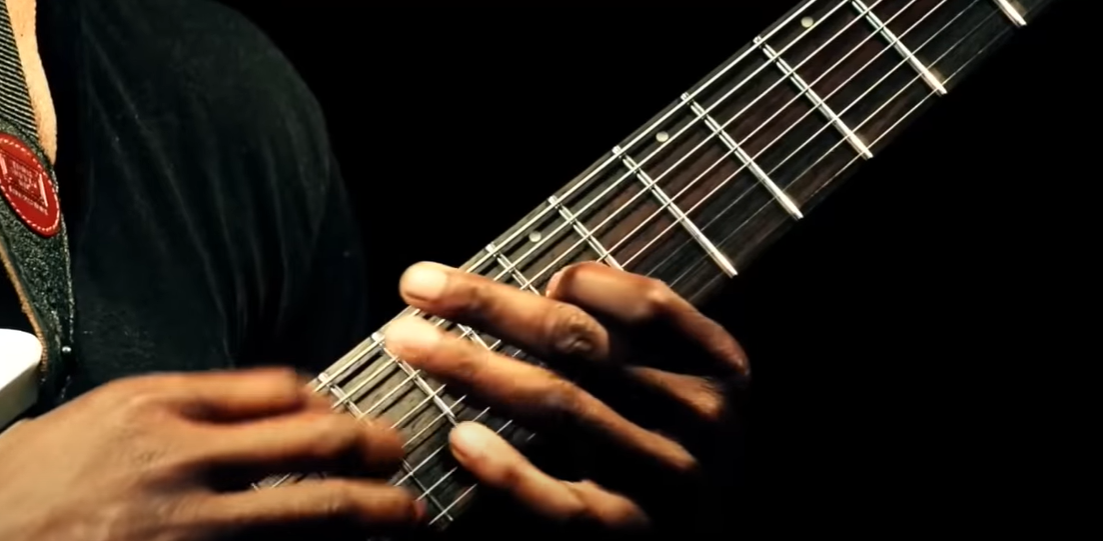
What should you consider when you start playing your first musical instrument?
Playing a musical instrument can be an incredibly rewarding experience. Not only does it allow you to express yourself creatively, but it also has been proven to have numerous benefits on your mental and emotional well-being. However, before jumping into learning how to play an instrument, there are a few things that you should consider.
Your interest in the instrument
When deciding on the instrument you want to play, the first thing to consider is your genuine interest in it. Take some time to explore and understand what truly captivates you about the instrument. Is it the enchanting sound that resonates with your soul? Or perhaps the rich history and cultural significance it holds? Maybe it’s the unique style and versatility that ignites your curiosity. Whatever the reason, choosing an instrument that deeply resonates with your passion and motivation will not only make the learning process more enjoyable but also ensure your commitment and dedication throughout your musical journey. So, take your time, delve into the fascinating world of instruments, and embark on a musical adventure that speaks to your heart and soul.
The time commitment
Learning how to play a musical instrument is a journey that requires time, dedication, and a passion for music. Whether you choose the piano, guitar, violin, or any other instrument, each one presents its own unique challenges and rewards.
As you embark on this musical adventure, you’ll discover that mastering an instrument goes beyond just playing the right notes. It involves understanding music theory, developing finger dexterity, and honing your sense of rhythm. With consistent practice and repetition, you’ll gradually build the muscle memory and coordination needed to play with ease and expression.
Additionally, consider the time commitment required for practicing. Are you able to set aside a dedicated time each day to refine your skills, or do you prefer longer practice sessions a few times a week? Reflecting on your availability and personal goals will help you establish a realistic practice routine that suits your lifestyle.
The cost
Another important factor to consider when deciding to learn and play a musical instrument is the cost involved. It’s not just about the initial investment of purchasing or renting the instrument, but also the additional expenses that come with it. These may include buying sheet music, accessories, maintenance and repairs, and even the cost of taking lessons or joining music groups.
The price range of musical instruments can vary widely, depending on the type and quality. For example, a beginner-level instrument may be more affordable, while professional-grade instruments can be quite expensive. It’s crucial to research and compare prices to find the best option that fits within your budget.
Moreover, it’s also worth considering the long-term costs. Learning an instrument is a commitment, and ongoing expenses such as lessons, sheet music, and instrument maintenance can add up over time. By thoroughly understanding the financial implications, you can make an informed decision and ensure that learning and playing a musical instrument remains a sustainable and enjoyable pursuit.
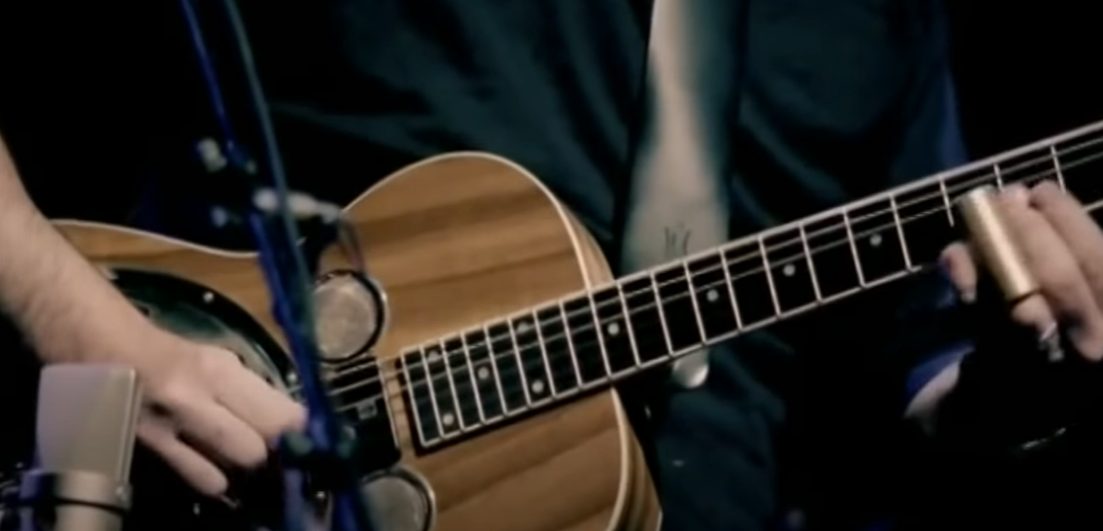
Your physical capabilities
Different musical instruments demand varying levels of physical abilities. For instance, mastering the piano necessitates dexterity and hand-eye coordination, enabling the pianist to effortlessly glide across the keys. On the other hand, playing the guitar calls for finger strength and flexibility, enabling the guitarist to effortlessly maneuver along the fretboard. Before selecting an instrument, it is crucial to carefully evaluate your physical capabilities and limitations. By considering these factors, you can make an informed decision and avoid choosing an instrument that may pose physical challenges for you.
Available resources
Before diving into learning an instrument, it’s essential to research the available resources such as teachers, classes, books, online tutorials, etc. Having access to reliable and knowledgeable resources can greatly impact your learning experience and progress. It’s also important to consider the availability of practice spaces, as some instruments may require more space than others.
Your learning style
When it comes to choosing a musical instrument, it’s crucial to consider your learning style. Each person has a unique approach to learning, so finding an instrument that aligns with your preferred method can greatly enhance your musical journey.
On the other hand, if you are an auditory learner who learns best through sound and tone, the saxophone could be your instrument of choice. Mastering the saxophone requires a strong understanding of different sounds, tones, and techniques. By honing your listening skills and developing an ear for pitch, you can fully immerse yourself in the expressive and soulful world of the saxophone.
Your long-term goals
Lastly, it’s important to consider your long-term goals with playing a musical instrument. Are you looking to play for personal enjoyment, join a band, or pursue a music career? Different instruments may align better with certain goals, so it’s important to think about where you see yourself in the future and choose an instrument that will help you achieve those goals.
Overall, choosing the right musical instrument is a personal decision that requires careful consideration. By taking into account these factors, you can ensure that you choose an instrument that you will enjoy playing and stick with for years to come. So, go ahead and explore your musical interests, try out different instruments, and have fun on your journey to becoming a musician!
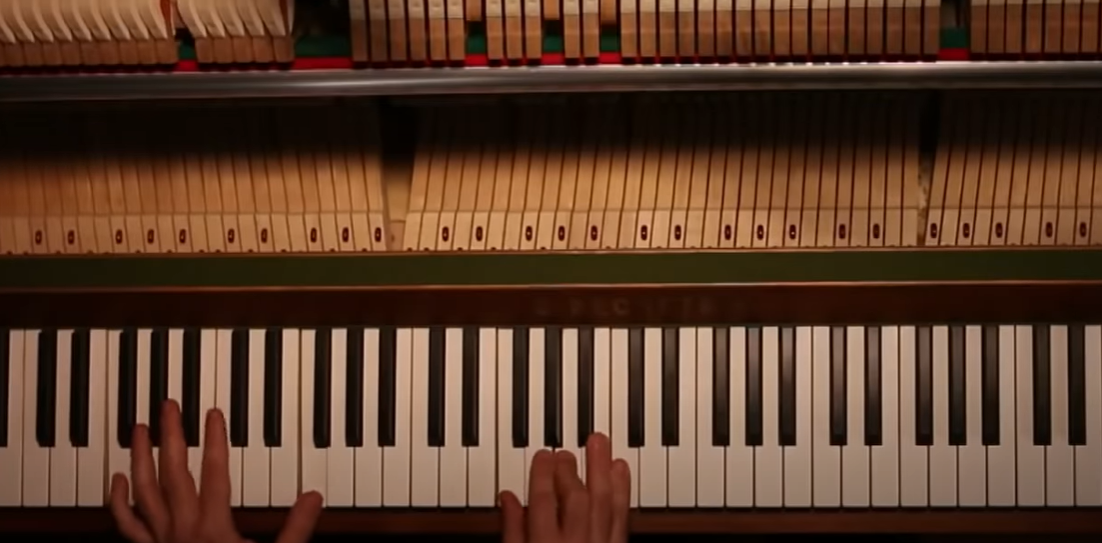
FAQ
Which is the most difficult instrument to play?
Playing an instrument can be challenging, especially when you’re just starting out. Some instruments may require more physical coordination or technical skill than others, making them seem more difficult to play. However, the difficulty of playing an instrument is subjective and can also vary depending on a person’s natural abilities and level of dedication.
In general, string instruments like the violin or cello are often considered to be more difficult to play due to their smaller size and the precision required in finger placement. Wind instruments like the flute or saxophone also require a lot of breath control and embouchure techniques, making them challenging for beginners.
Ultimately, the most difficult instrument to play will depend on individual preferences and strengths. It’s important to choose an instrument that you enjoy playing and are willing to put in the time and effort to learn. With dedication and practice, any instrument can be mastered! So don’t be discouraged if you find one instrument difficult – keep trying until you find the right fit for you.
Can I learn multiple instruments at once?
Learning multiple instruments at once is possible, but it’s important to consider your own abilities and limitations. Playing one instrument already requires a lot of time and effort, so adding another instrument may spread your focus and progress thin.
It’s also important to consider the different skills and techniques required for each instrument. For example, if you’re trying to learn both guitar and piano at the same time, you may struggle with hand coordination since the fingerings are different for each instrument.
However, if you have a strong passion for music and are dedicated to learning multiple instruments, it is certainly possible with the right amount of practice and determination. Just make sure to pace yourself and prioritize your goals in order to see progress in both instruments. And remember, playing multiple instruments can also benefit your overall musical abilities by expanding your knowledge and skills!
What is the #1 hardest instrument to learn?
There is no definitive answer to this question as the difficulty of learning an instrument can vary from person to person. However, some instruments that are often considered to be particularly challenging include the violin, piano, and flute.
The violin requires a lot of finger dexterity and precise bowing technique, making it difficult for beginners. The piano also requires hand coordination and the ability to read two different clefs simultaneously. The flute, with its complex fingerings and breath control, can also be challenging for new players.
Ultimately, the hardest instrument to learn will depend on individual skills and preferences. It’s important to remember that with practice and dedication, any instrument can be mastered – so don’t let perceived difficulty deter you from pursuing your musical passions!
Is the flute the hardest instrument to play?
This is a subjective question and can vary from person to person. Some may find the flute difficult due to its complex fingerings and breath control, while others may find it easier compared to other instruments.
The difficulty of playing an instrument also depends on personal strengths and natural abilities. For example, someone with larger hands may struggle with string instruments like the violin or guitar, while someone with strong breath control may find wind instruments like the flute or saxophone easier to play.
Ultimately, the difficulty of playing an instrument cannot be determined by just one factor. It’s important to try out different instruments and see which comes more naturally to you. With practice and dedication, any instrument can be conquered – so don’t let perceived difficulty discourage you from pursuing your musical interests!
Useful Video: Top 10 Hardest Instruments to Learn
Conclusion Paragraph
So, the hardest instruments to play are not the ones that require the most dexterity or strength. Instead, they are the instruments that require a unique combination of skills such as fine motor control, physical endurance, and mental focus. These instruments often also have complex technical aspects that require years of practice to master. Therefore, it is important for aspiring musicians to carefully consider their strengths and interests when choosing an instrument to play. Furthermore, it’s important to remember that difficulty is subjective and can vary from person to person. What may be challenging for one musician could be easy for another. It ultimately comes down to individual skill, dedication, and determination.
References:
- https://higherhz.com/hardest-instruments-to-learn-play-master/
- https://www.classical-music.com/features/instruments/easiest-instruments-play/




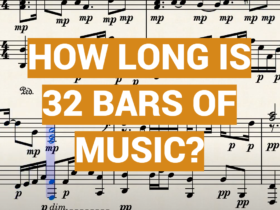
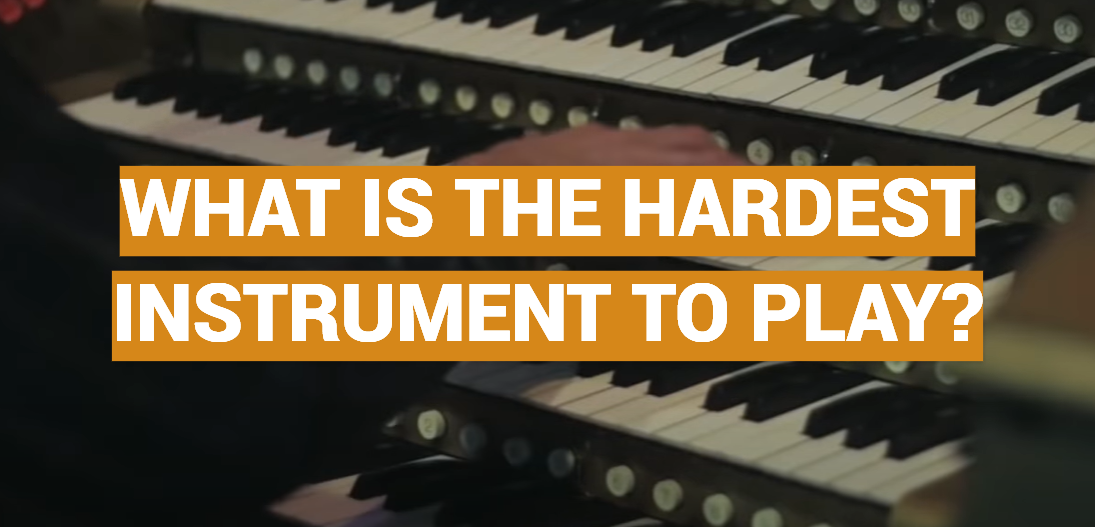




Leave a Reply